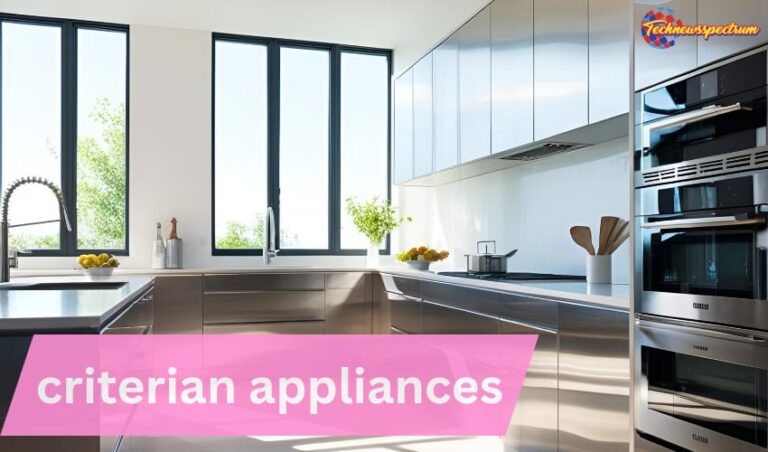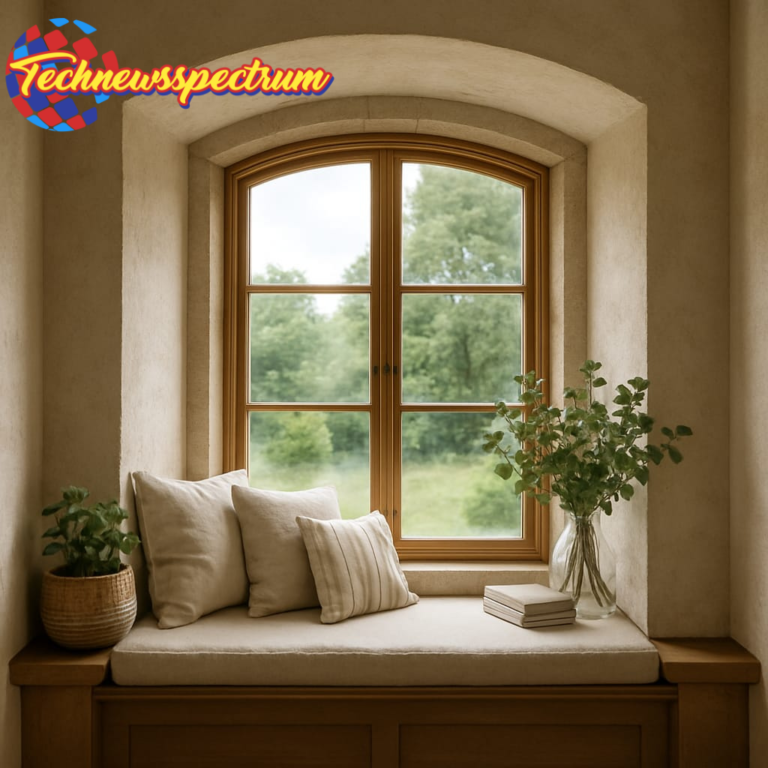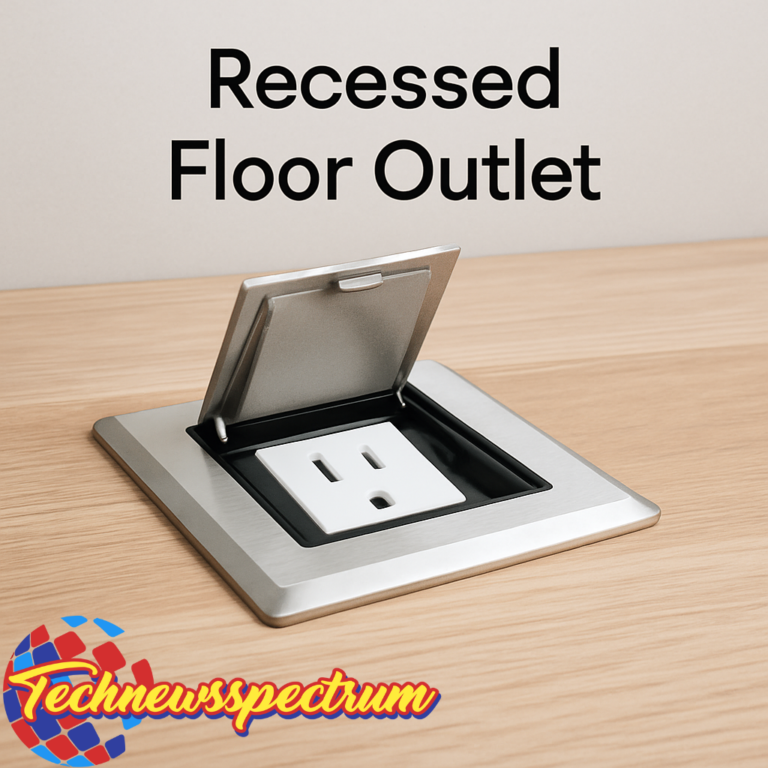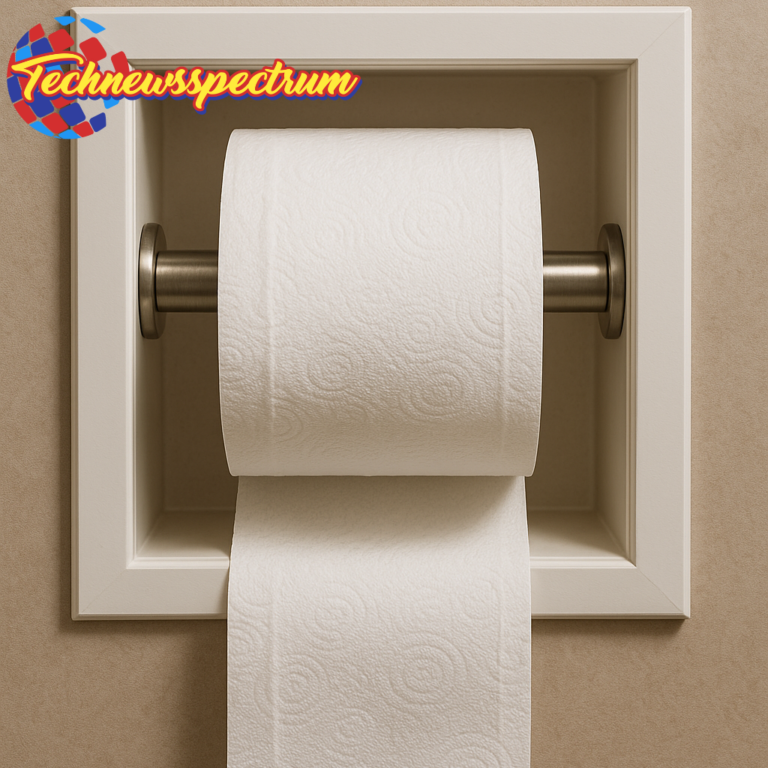What Is a Recess Window
Table of Contents
| Section | Subtopics |
| H1. Introduction to Recess Windows | Definition, common usage |
| H2. Origin and Architectural History | Historical significance, evolution |
| H2. Structural Placement and Variants | Interior vs. exterior recess, window types |
| H3. Measuring and Installation Basics | Accurate measurement tips |
| H3. Materials Used in Recess Windows | Common construction materials |
| H2. Functionality and Purpose | Light, aestheticsand ventilation |
| H2. Key Design Features | Shapes, sizes, trims |
| H3. Window Dressings and Fittings | Curtains, blindsand fixtures |
| H2. Advantages of Recess Windows | Benefits from an architectural and homeowner’s view |
| H2. Disadvantages to Consider | Maintenance, cost, design limitations |
| H2. Importance in Modern Architecture | Energy efficiency and sustainability |
| H2. Recess Windows vs Flush Windows | Key differences explained |
| H2. Best Practices for Recess Window Integration | Design, style, climate impact |
| H2. Common Myths and Misconceptions | Clarifying popular beliefs |
| H2. Expert Tips for Choosing the Right Window | Factors to assess |
| H2. Real-life Applications and Case Studies | Residential, commercial examples |
| H2. Frequently Asked Questions (FAQs) | 6 questions answered |
| H2. Conclusion | Summary and final insights |
Introduction to Recess Windows
Recess windows are not just design choices—they’re functional, stylishand crucial elements of both classic and modern architecture. But what is a recess window, exactly?
A recess window is a window installed in a wall with the frame set deeper into the wall cavity, as opposed to being flush or on the surface. This creates a “recessed” area, sometimes used for sitting, decorationor extra storage. This transition from wall to window adds dimension, depthand visual appeal.
Whether you’re redesigning a home or just learning about architectural elements, this deep dive into recess windows will unveil their impact, purposeand relevance today.

Origin and Architectural History
It’s interesting to note that recess windows have been around since ancient Roman and Gothic architecture. They were predominantly featured in thick stone walls, where deep-set openings naturally formed due to structural needs.
Over centuries, their purpose shifted. While they started as a practical necessity for thick-walled buildings, they later became a design feature in European cottages and castles—creating cozy reading nooks or enhancing lighting angles.
In essence, these windows are a testament to how form can evolve from function and eventually influence aesthetics across time.
Structural Placement and Variants
There are a few considerations when discussing placement:
- Interior Recess Windows: These sit within internal walls and are often used to break up flat surfaces or add charm.
- Exterior Recess Windows: Set deeper into outside walls, these protect from elements and can control light entry better.
Variants include:
- Bay windows (with side panels)
- Oriel windows (projected with brackets)
- Box sash windows (common in Victorian-era homes)
From this perspective, each type adds its flavor while still adhering to the core principle—set-back placement.
Measuring and Installation Basics
Installing a recess window can seem dauntingbut it’s crucial to get measurements right from the start.
Steps:
- Measure the opening width at the top, middleand bottom—use the smallest figure.
- Measure height on both sides and center—again, go with the smallest.
- Account for frame and reveal depth—to ensure a flush internal finish.
- Test squareness of the opening using diagonals.
Bear in mind, even minor inaccuracies can impact alignment, insulationand overall fit. It’s widely acknowledged that professional assistance ensures optimal installation outcomes.
Materials Used in Recess Windows
Materials impact durability, thermal performanceand cost. Let’s explore the common options:
| Material | Properties | Pros | Cons |
| Wood | Classic, natural insulator | Aesthetic, renewable | Needs maintenance |
| uPVC | Lightweight, affordable | Low-maintenance, weather-resistant | May yellow over time |
| Aluminum | Modern, strong | Slim frames, durable | Less insulation unless thermally broken |
| Composite | Hybrid of materials | Balanced performance | Costlier |
It’s important to note the surrounding wall material also matters. Brick, stoneor drywall affect how recess depths and trims are built.
Functionality and Purpose
Why do architects and designers still utilize recess windows today?
- Enhanced Natural Light: Sunlight can enter at various angles.
- Depth and Dimension: Adds visual interest to flat facades.
- Space Optimization: Interior recesses double as shelves or reading corners.
- Insulation: Deeper placements shield windows from direct heat/cold.
Essentially, they serve both form and function, blending beauty with purpose.
Key Design Features
Window recesses can differ in:
- Depth: Some are shallow (2–3 inches); others deep enough to sit in.
- Shape: From simple rectangles to arches or even hexagons.
- Trim Styles: Colonial, modern, rustic—trims dictate tone.
Design choices often depend on architectural style, wall thicknessand user preference.
Window Dressings and Fittings
Fitting treatments to recessed windows requires creativity. You may need extended curtain rods or custom blinds.
Popular options include:
- Roman shades inside the recess
- Floor-length curtains above the frame
- Plantation shutters custom-fitted to window frames
It should be noted that dressing these windows can accentuate their dimensional feel while also controlling privacy and light.
Advantages of Recess Windows
There are several standout benefits:
- Increased Aesthetic Appeal
- Better Light Distribution
- Improved Energy Efficiency (especially with double-glazing)
- Versatile Use of Space
- Increased Property Value (often associated with high-end design)
Moreover, they provide a refreshing alternative to flat, flush-mounted windows.
Disadvantages to Consider
Despite their appeal, some downsides exist:
- Higher Installation Cost
- Limited Compatibility (not suitable for every wall type)
- Maintenance Difficulty (harder to clean if deeply recessed)
- Condensation Risk (if not well-insulated)
One might argue that the payoff is worth the effortbut it’s essential to weigh these factors before transitioning to recess windows.
Importance in Modern Architecture
In the realm of sustainable design, recess windows have a notable role:
- Shading Properties: Naturally reduce glare and heat gain.
- Thermal Buffering: Added airspace can regulate interior temperatures.
- Enhanced Daylighting: Reduces dependence on artificial lighting.
This demonstrates how timeless design elements adapt well to today’s eco-conscious needs.
Recess Windows vs Flush Windows
Here’s a quick breakdown:
| Feature | Recess Window | Flush Window |
| Aesthetic | Adds depth | Sleek, minimal |
| Light Control | Better shading | Direct exposure |
| Insulation | Often better | Depends on material |
| Cost | Higher | Moderate |
Arguably, recess windows win on character and climate responsiveness, while flush windows suit minimalists.
Best Practices for Recess Window Integration
To ensure your project shines:
- Match Depth to Wall Thickness
- Coordinate Trims and Colors
- Consider Weather Exposure
- Choose Efficient Glazing
Striving for both beauty and practicality yields a design that stands the test of time.
Common Myths and Misconceptions
Let’s bust a few myths:
- “They’re outdated.” On the contrary—they’re resurging in popularity.
- “They make rooms smaller.” Depth often creates a cozy, expansive feel.
- “They cost too much.” Not always—costs vary by material and design.
Understanding these nuances helps homeowners and designers make informed choices.
Expert Tips for Choosing the Right Window
Experts recommend:
- Assessing sun exposure and room use
- Matching frame material to climate
- Ensuring proper insulation
- Consulting local building codes
These steps help avoid future headaches and ensure satisfaction.
Real-life Applications and Case Studies
- Residential Homes: Window seats in Victorian terraces.
- Modern Apartments: Framed cityscape views with aluminum recess frames.
- Commercial Buildings: Energy-efficient, deep-set glass panels.
Each application showcases versatility in different contexts.
Frequently Asked Questions (FAQs)
1. Are recess windows more expensive than standard windows?
Yes, due to additional framing, laborand custom fittings, they generally cost more.
2. Can I install a recess window in a thin wall?
Not ideally. Thin walls limit the depth available, which compromises the look and benefits.
3. Do recess windows help with soundproofing?
They can. The added depth creates an air buffer, reducing external noise.
4. Are they suitable for every climate?
With proper glazing and sealing, yes. They perform well in both hot and cold regions.
5. What kind of curtains work best?
Roman blinds, cafe curtainsor custom-fitted shutters suit recess windows well.
6. Can they be added to an existing home?
Absolutely, though structural modifications may be needed depending on the wall.
Conclusion
To sum up, recess windows are more than just a stylistic choice—they’re an investment in beauty, efficiencyand home value. While they come with some challenges, the rewards are substantial. From their architectural roots to their modern resurgence, they offer timeless charm and practical benefits.
If you’re eager to upgrade your space, look no further—recess windows may be just the feature that sets your home apart.





